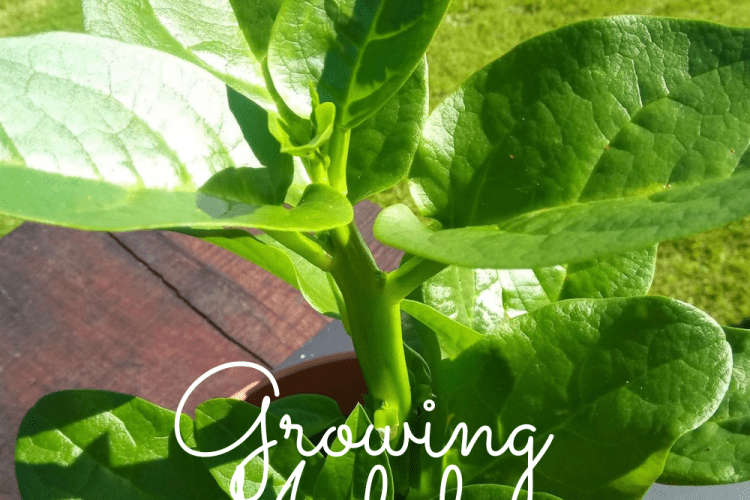Malabar Spinach or Basella is native to Tropical Africa and Asia. It’s not really a spinach, but it’s very similar to spinach. It has a soft-stemmed vine and can reach 10 m in length in the right growing conditions. Malabar spinach has a dark green, thick fleshy, heart-shaped leaf, and it has a lovely mild flavour and can be eaten raw or cooked.
Malabar spinach is a warm-season crop and is very heat tolerant, unlike standard spinach with bolts in hot weather.
If you grow malabar spinach in cooler temperatures the growth is much less vigorous and it won’t produce as much as it would when growing in a warmer temperature.
Malabar spinach or Basella is a vegetable that is grown in the tropics as a perennial.
There are two main types of Malabar spinach or basella: Basella alba, this has green stems, and Basella ruba which has red stems.
Growing malabar spinach
It’s pretty difficult to find the seeds but Chiltern seeds do stock it.
The seeds need to be soaked in water overnight and then sown in a tray filled with compost and scatter the seeds in and cover with compost and water lightly. They really need to be in a propagator to have a good chance of germinating. Seeds grown in the right temperature will germinate quickly in around 10 days after sowing.
You can grow them in a hot sunny part of the garden or in a greenhouse or tunnel. If they are happy in their growing environment they will just grow and grow – winding themselves up to anything they can. They will also just grow along the ground. You can cut the vines back to control them.
Malabar spinach prefers soil rich and moist in organic matter with a pH ranging anything from 5.5 to 8.0.
The Malabar spinach plants like to be well watered and then allow them to dry out slightly before watering again.
You need to fertilize the plants every month with some chicken pellets or a general fertilizer – don’t scatter the fertilizer on the leaves as it will burn them.
In containers, the plants can get out of hand fairly fast; we cut the vines back twice a year. During the winter months, fertilizer is withheld and watering is reduced but not to the point of causing leaf dieback.
Just pick the leaves of the plants as and when you need them.
If you want to grow something unusual in your garden then I would thoroughly recommend Basella or Malabar Spinach.









